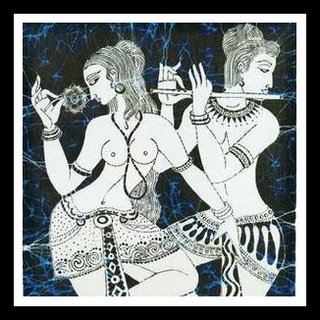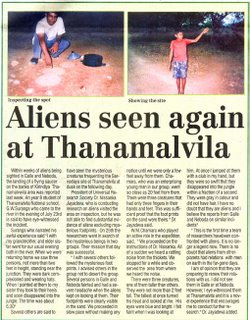There are many instances in our past where the kings "imported" brides from the neighboring states. Not that the island lacked pretty women of suitable stature or the Kings got bored of their harems, they wanted to make some symbolic gestures. The Lankan women were a common topic of admiration, as evident in Sigiriya frescos, various temple paintings, carvings and literature.
The poets and writers ran out of words describing their beauty. The most memorable description of the Lankan beauty comes from a buddhist monk, who was also a great poet: Venerable Thotagamuwe Sri Rahula.
John Davy, in his Account of the Interior of Ceylon (1821) writes about the Kandyan damsels:
“The Sinhalese women are generally well made and well looking, and often handsome. Their countrymen, who are great connoisseurs of the charms of the sex, and who have books on the subject, and rules to aid the judgement, would not allow a woman to be a perfect belle, unless of the following character, the particulars of which I shall give in detail as they were enumerated to me by a Kandyan courtier well versed and deeply read in such matters...”and he goes on to describe the courtier's interpretation of Venerable Sri Rahula's benchmark:
“Her hair should be voluminous like the tail of a peacock: long, reaching to the knees, and terminating in graceful curls; her eyebrows should resemble the rainbow; her eyes, the blue sapphire and the petals of the blue manilla (mānel) flower. Her nose should be like the bill of the hawk; her lips should be bright and red, like coral on the young leaf of the iron-tree. Her teeth should be small, regular and closely set, and like jasmine buds. Her neck should be large and round, resembling the berrigodea. Her chest should be capacious; her breasts, firm and conical, like the yellow cocoa-nut, and her waist small, almost small enough to be clasped by hand. Her hips should be wide; her limbs tapering; the soles of her feet, without any hollow, and the surface of her body, in general, soft, delicate, smooth and rounded, without the asperities of projecting bones and sinews.”
The young lady Prince Sāliya fell in love with was said to be a chandāla woman of exceedingly great beauty. The prince married her with the blessings of his father, King Dutugemunu, and renounced his right to the throne. I'm sure she must have been worthy of that sacrifice..!
Womanly beauty and grace often received the attention of the authors of ancient times. To them, the woman was an object of perpetual loveliness, glamour and was fascinating a being to every onlooker, charming, enthralling, endowed with golden skin, gifted with two rows of teeth resembling two lines of conch shell plates and possessed of childlike grace.Sande'sa (communique) poets of Gampola and Kotte periods also admired women from an aesthetic point of view.With apt similes and metaphors, they created verbal portraits, which vied for clarity with the paintings of highly talented artists. The women these bards saw had faces like the moon or full blown lotuses, bosoms like frontal globes of elephants, broad hips like clean white sandy plains and rounded thighs like elephant trunks. In short, to these poets, the woman as an entity was a marvelous creation of nature in which all the most desirable features and qualities are accumulated.


